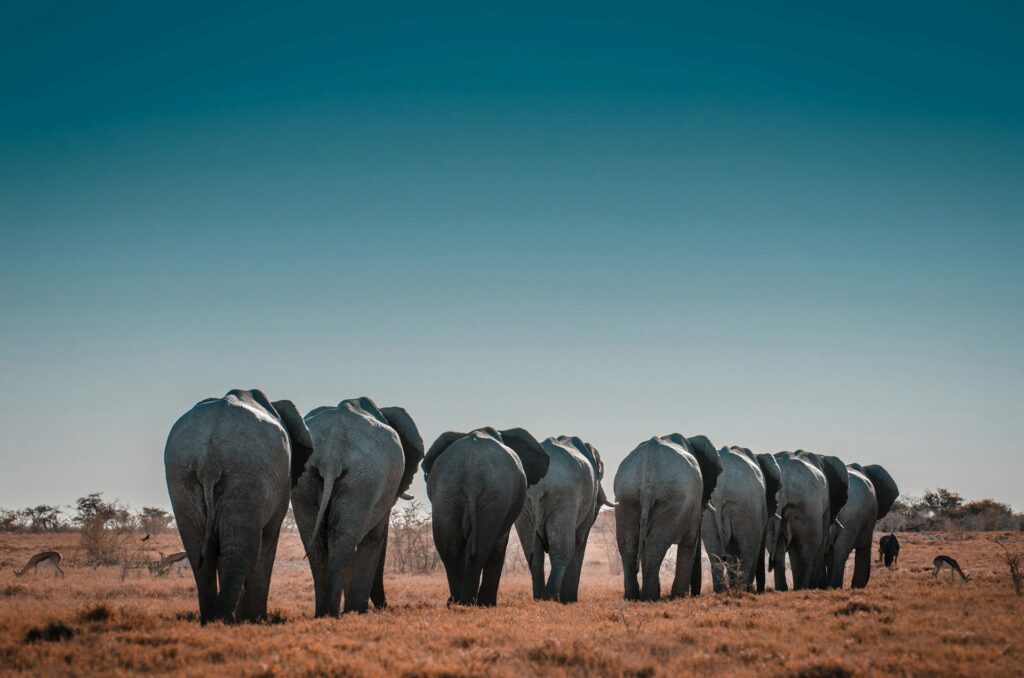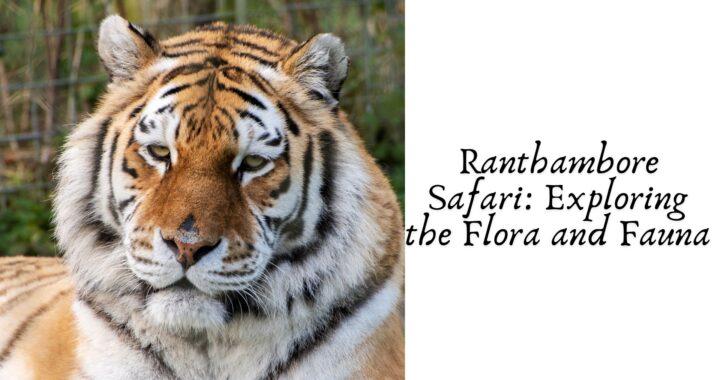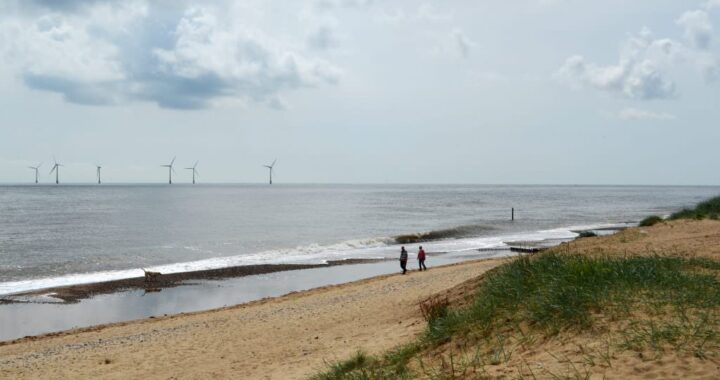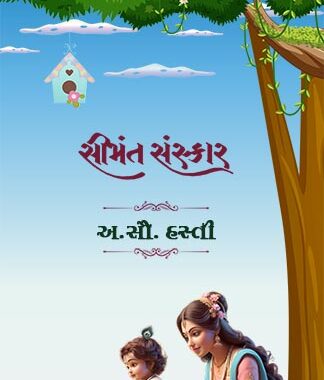
The Maasai people, an indigenous ethnic group residing in Kenya and northern Tanzania, are renowned for their distinct culture, customs, and semi-nomadic lifestyle. Over the centuries, the Maasai have maintained a rich cultural heritage that continues to captivate the world. This article delves into the history, culture, and traditions of the Maasai people, highlighting their enduring significance in modern society. Additionally, we will explore how contemporary Safari Tour operators in Kenya integrate the Maasai culture into their tours, providing travelers with an immersive experience.
The Origin and Migration of the Maasai
Early History
The Maasai people are part of the Nilotic ethnic group, who are believed to have originated from the Nile Valley. Around the 15th century, they began migrating southward, eventually settling in the vast savannahs of present-day Kenya and Tanzania. Their migration was driven by the search for fertile grazing lands for their cattle, a primary aspect of their livelihood.
Settlement in the Rift Valley
By the 17th and 18th centuries, the Maasai had established themselves in the Great Rift Valley region. Their strategic location allowed them to dominate the trade routes and maintain control over vast territories. This period also saw the development of the Maasai’s distinct cultural identity, characterized by their unique language, dress, and social structure.
The Social Structure of the Maasai
Clan System
The Maasai society is organized into clans, each with its own distinct identity and responsibilities. Clans are patrilineal, with lineage traced through the male line. Each clan has a specific role within the community, contributing to the overall functioning and cohesion of the society.
Age Sets and Roles
One of the most notable aspects of Maasai social structure is the age set system. This system groups individuals of similar age into cohorts that progress through various stages of life together. The primary stages include childhood, warriorhood (moran), and elderhood. Each stage comes with distinct roles and responsibilities, with warriorhood being particularly significant for young men, who are tasked with protecting the community and livestock.
Maasai Culture and Traditions
The Role of Cattle
Cattle hold a central place in Maasai culture and economy. They are not only a source of food (milk and meat) but also a measure of wealth and social status. The Maasai believe that all cattle on earth are a gift from God, and thus, cattle raiding and trading are integral parts of their history and culture.
Traditional Attire and Adornments
The Maasai are easily recognizable by their vibrant attire. Men often wear red shukas (cloths) and carry spears, while women adorn themselves with intricate beadwork. The colors and patterns of the beadwork hold symbolic meanings, representing various aspects of their lives, such as marital status and social position.
Ceremonies and Rituals
The Maasai culture is rich with ceremonies and rituals that mark significant life events. Some of the most important ceremonies include:
- Enkipaata: A pre-circumcision ceremony for boys.
- Emuratta: The circumcision ceremony that marks the transition from boyhood to warriorhood.
- Eunoto: The ceremony that transitions warriors to junior elders.
- Orngesherr: The final rite of passage that transitions junior elders to senior elders.
These ceremonies are often accompanied by singing, dancing, and feasting, reflecting the communal nature of Maasai society.
Challenges and Adaptations
Impact of Colonialism
The arrival of European colonizers in the late 19th and early 20th centuries had profound effects on the Maasai. They were forcibly displaced from their ancestral lands to make way for colonial settlements and national parks. This displacement disrupted their traditional way of life and led to conflicts over land and resources.
Modern Challenges
Today, the Maasai face numerous challenges, including land encroachment, climate change, and limited access to education and healthcare. Despite these challenges, they have shown remarkable resilience, adapting to changing circumstances while striving to preserve their cultural heritage.
Integration with Tourism
One of the ways the Maasai have adapted is by engaging with the tourism industry. Safari Tour operators in Kenya often collaborate with Maasai communities to offer cultural tours. These tours provide tourists with an authentic experience of Maasai life, including visits to traditional homesteads, participation in rituals, and opportunities to purchase handmade crafts. This partnership not only boosts the local economy but also promotes cultural exchange and understanding.
Maasai and Wildlife Conservation
Traditional Conservation Practices
The Maasai have traditionally lived in harmony with their environment, practicing sustainable grazing and land management. Their deep respect for nature is reflected in their customs and taboos, which prohibit overexploitation of resources.
Collaboration with Conservation Organizations
In recent years, the Maasai have partnered with conservation organizations to protect wildlife and their habitats. These collaborations often involve community-based conservation projects that empower the Maasai to take an active role in preserving their natural heritage.
Role of Safari Tour Operators in Kenya
Safari Tour operators in Kenya play a crucial role in promoting wildlife conservation. By incorporating Maasai cultural experiences into their tours, they raise awareness about the importance of preserving both the cultural and natural heritage of the region. Tourists gain a deeper appreciation for the interconnectedness of Maasai culture and the environment, fostering a sense of responsibility towards conservation efforts.
The Maasai Language and Oral Tradition
The Maa Language
The Maasai speak Maa, a Nilotic language that is part of the larger Nilo-Saharan language family. Maa is not only a means of communication but also a repository of the Maasai’s oral history and cultural knowledge. Efforts are being made to preserve and promote the language, particularly among the younger generation.
Oral Tradition and Storytelling
Storytelling is a vital aspect of Maasai culture. Oral traditions are used to pass down history, moral lessons, and cultural values from one generation to the next. Elders play a key role in this process, serving as custodians of the community’s collective memory.
The Future of the Maasai Culture
Balancing Tradition and Modernity
The Maasai are at a crossroads, navigating the challenges of modernization while striving to preserve their cultural identity. Education and technology are opening new opportunities for the younger generation, but there is also a strong desire to retain traditional practices and values.
Empowerment and Advocacy
Maasai communities are increasingly advocating for their rights and interests at national and international levels. Organizations led by Maasai individuals are working to secure land rights, improve access to education and healthcare, and promote sustainable development.
Role of Safari Tour Operators in Kenya
Safari Tour operators in Kenya continue to play a pivotal role in the future of the Maasai culture. By providing platforms for cultural exchange and economic opportunities, they help ensure that the Maasai can thrive in the modern world while maintaining their unique heritage.
Conclusion
The Maasai people are a testament to the resilience and adaptability of indigenous cultures. Their rich history, vibrant traditions, and deep connection to the land offer invaluable insights into sustainable living and cultural preservation. As the Maasai navigate the complexities of the modern world, the role of tourism, particularly through Safari Tour operators in Kenya, remains crucial. These operators not only provide economic benefits but also foster a deeper understanding and appreciation of Maasai culture among global travelers. Through continued collaboration and mutual respect, the Maasai can look forward to a future where their cultural heritage is celebrated and preserved for generations to come.

 Ranthambore Safari: Exploring the Flora and Fauna
Ranthambore Safari: Exploring the Flora and Fauna  Prince Narula Digital PayPal Transformation: A Deep Dive into PayPal’s Influence
Prince Narula Digital PayPal Transformation: A Deep Dive into PayPal’s Influence  5 Reasons Why a Coastal Holiday Park is the Ideal Summer Destination
5 Reasons Why a Coastal Holiday Park is the Ideal Summer Destination  What Are the Health Benefits of Using Adjustable School Chairs?
What Are the Health Benefits of Using Adjustable School Chairs?  How Can Foreign Students Open an Account with a Bank in Hamburg?
How Can Foreign Students Open an Account with a Bank in Hamburg?  The Perfect Seemantham Invitation in English
The Perfect Seemantham Invitation in English  Exploring London’s Best Butcher Shops
Exploring London’s Best Butcher Shops  Enhance Your Shop Appeal with Sydney’s Best Carpentry Services
Enhance Your Shop Appeal with Sydney’s Best Carpentry Services  A Detailed Look at the Features of the LEGO Technic Mars Crew Exploration Rover
A Detailed Look at the Features of the LEGO Technic Mars Crew Exploration Rover